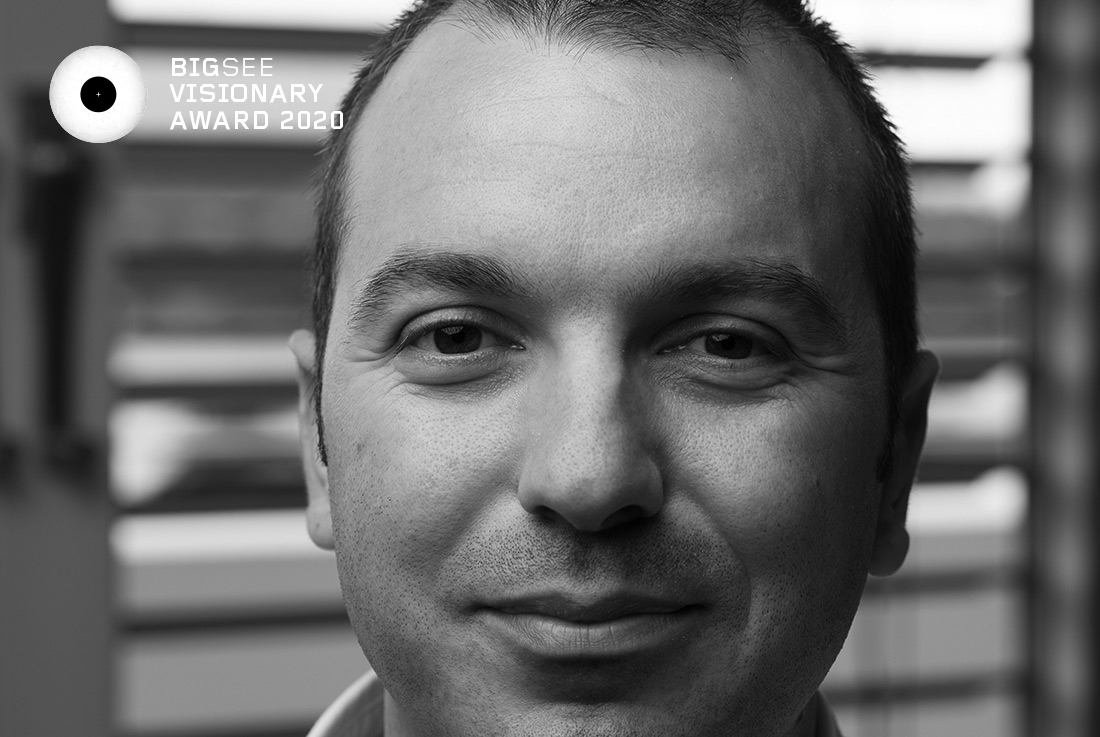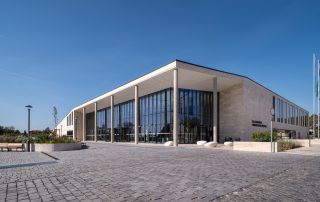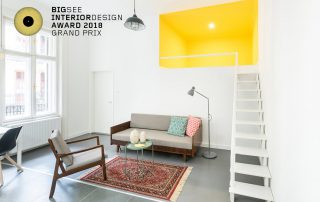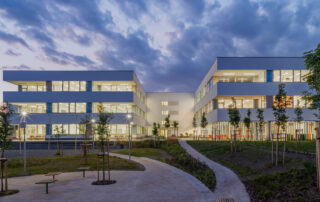If one studies in Kosovo, continues his education at the Architectural Association School of Architecture in London and the Massachusetts Institute of Technology, and then returns to Kosovo, it is a clear indication that one has a vision.
Bekim established KAF – the Kosovo Architecture Foundation. KAF is the generator of new ideas consistently emphasizing the need for constant change and development. KAF is an organiser of an annual festival presenting the key names from the world of architecture, design, film and other art disciplines. The thoughts and opinions of these creative individuals may have an important impact on the local environment. KAF abounds in ideas and actions resulting in their annual workshops, lectures, Venice exhibitions …etc. KAF activities are supported by the Getty Foundation, and they have also attracted much attention of the EU MIES Award and AGA Khan Award organisers.
Bekim is one of the founders of the Future Architecture Platform which represents a network for the exchange of ideas and aims to provide answers to many difficult questions that the society is facing nowadays.
He does all that from his home in Prishtina in cooperation with the important global network that he has managed to establish. Their activities are based on the following vision: Things can change for the better by encouraging the participation of the local community in the planning and implementation processes.
Bekim Ramku is a man of strength and knowledge. He knows what he is doing, he believes in his goals and eagerly pursues them, even though they might sometimes seem unattainable.
Bekim, you should never stop!
Curator of the award: Andrija Rusan; Oris
Interview
Prepared by Vesna Skubic
Portrait photo: Kristian Skeie
In recent weeks, we have found ourselves in an unpredictable social and political situation which will generate many changes. How has your workday changed? Could you describe your typical day in self-isolation during the week? What do you like about being self-isolated? What are the things you do not like about it? What do you find comforting about self-isolation? …
Previously, I would consistently bring work home after hours during the weekday and weekends, but now I am always working from home rather than just doing so partially. I suppose my routine hasn’t changed completely in that sense, as I used to bring work home anyway. What has changed is that my productivity has slowed down slightly as I tend to get more distracted at home. I am also doing some of my daily routines at home, which I would normally do outside. As for my typical day, as soon as I get up I tend to check my emails while in bed, and after having a family breakfast, I usually prepare myself two ristrettos or a coffee to go if I’m going for a quick walk with my wife, Besa, but the latter depends on whether our “outside time” (1 hour 30 mins a day) matches with our schedule. My office hours are really stretched throughout the day as I’m usually the one that has to help our older son, Leka, do his homework, while Besa takes care of our baby boy Rron.
What I really love about self-isolation is that I can spend more time with my wife and kids, as there is usually never enough time to do so. We also try to use the garden to play with the kids as much as possible when the weather is good. What I don’t like about the self-isolation is that I seem to lose track of time, and I often procrastinate and leave my work for later!
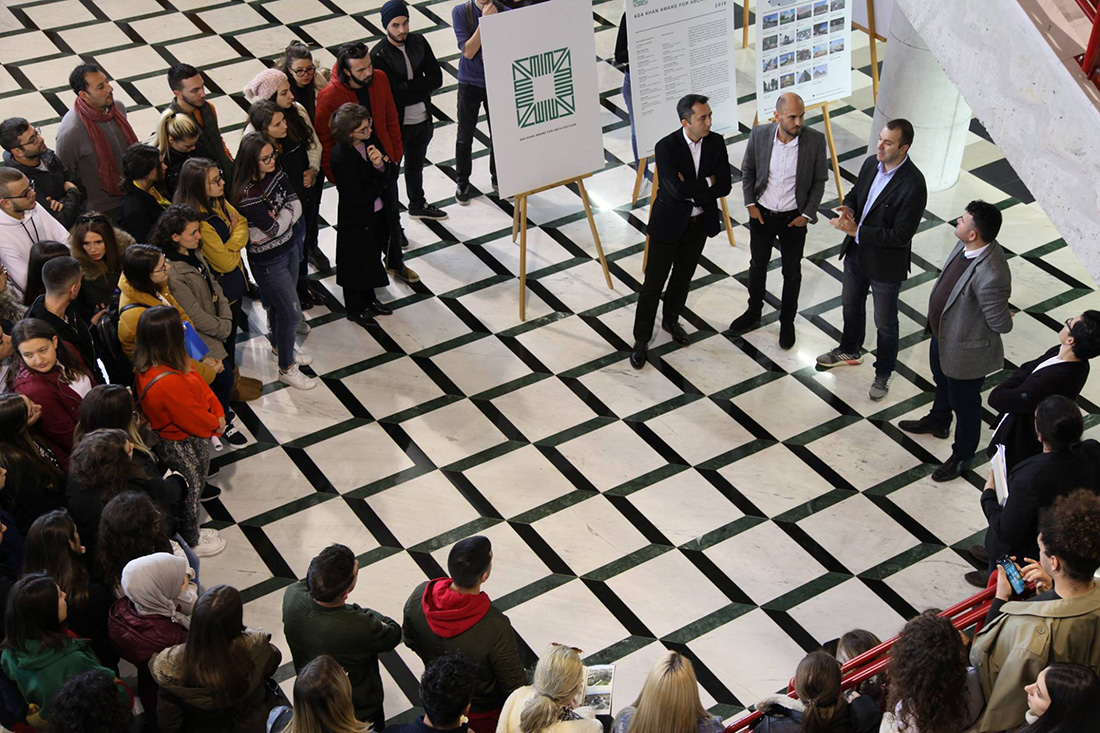
Aga Khan Award for Architecture Exhibition Epoka University
In these days, you probably have more time to read books or browse through some interesting internet platforms?
True, I love reading and I am one of those people that usually reads more than one book at a time, so on my side table I have a stack of books ranging from the “Jedi Academy” comics, which I read with Leka, to “Four Walls and a Rooftop” by Renier de Graaf, which I highly recommend to architects as they will find it very informative, but also humorous. Other books are all related to architecture, anthropology, philosophy, etc.
As for internet platforms, I feel I have become overwhelmed with them, so now I try to stay informed from a very small selection of them. There are these two particularly nice online initiatives that I really like: “100 Day Studio” by the Architecture Foundation, which invites architects, planners, sociologists and other architecture related professionals to participate in Zoom lectures, debates and readings, and the other is the “Virtual Design Festival” by Dezeen, which includes another set of very informative presentations, interviews and debates. I really suggest looking these up.
However, as all of us can admit to doing at some point, I definitely have gone through a period of Netflix binge watching!

Kodrina Block Street View
What public space is your favourite one and which public space do you miss these days when most of them are closed?
In my hometown, the space I miss the most is Germia Park, which to be honest, I don’t visit as much as I should and will certainly be visiting more often when the lockdown is over. In Tirana, I would say it is the recently finished Skenderbeg Square designed by 51N4E & Anri Sala, except for when the weather is too hot.
However, I also miss public spaces in cities I have spent time in during my studies and work. In London, there is a large amount of small public gardens, which you can find serene even though you’re in the centre of London. Although there are many to visit, my favourite ones in particular are Soho Square Garden and Bedford Square.
In Cambridge (MA), I love the green space in front of the Kresge Auditorium, but that’s probably because I could spend hours looking at Saarinen’s Chapel and Stratton Center. Boston City Hall Plaza, Quincy Market and Boston Common are some other spaces I loved spending time in. But if I had to choose my favourite public space of all which I always miss, it would probably be Bryant Park in New York. I just love that space, particularly during summer days.
After having finished your studies at the highly esteemed foreign university, many doors of opportunity were probably opened to you. Nevertheless, you decided to return back to your native Kosovo. What vision did you have at that time?
I definitely agree. One of the benefits of going to the AA is that you get to know all of these interesting people, which happen to run cool practices, so I had a fantastic opportunity to develop an amazing network of people. But the MA program in Housing and Urbanism at the AA, more specifically my professors also had a profound influence on me. After I gained my degree, I wanted to return home and help my country as much as possible, be it through the practice, teaching or establishing an architecture institute or foundation. When I returned, I was disappointed, as everything seemed difficult in the beginning. Even if you tried helping institutions, they would always question your intentions, which was a bit discouraging and continues to be today. I am still disappointed at how things turned out in Kosovo, particularly with the current political situation, but I guess being disappointment in politics is common in the SEE region.
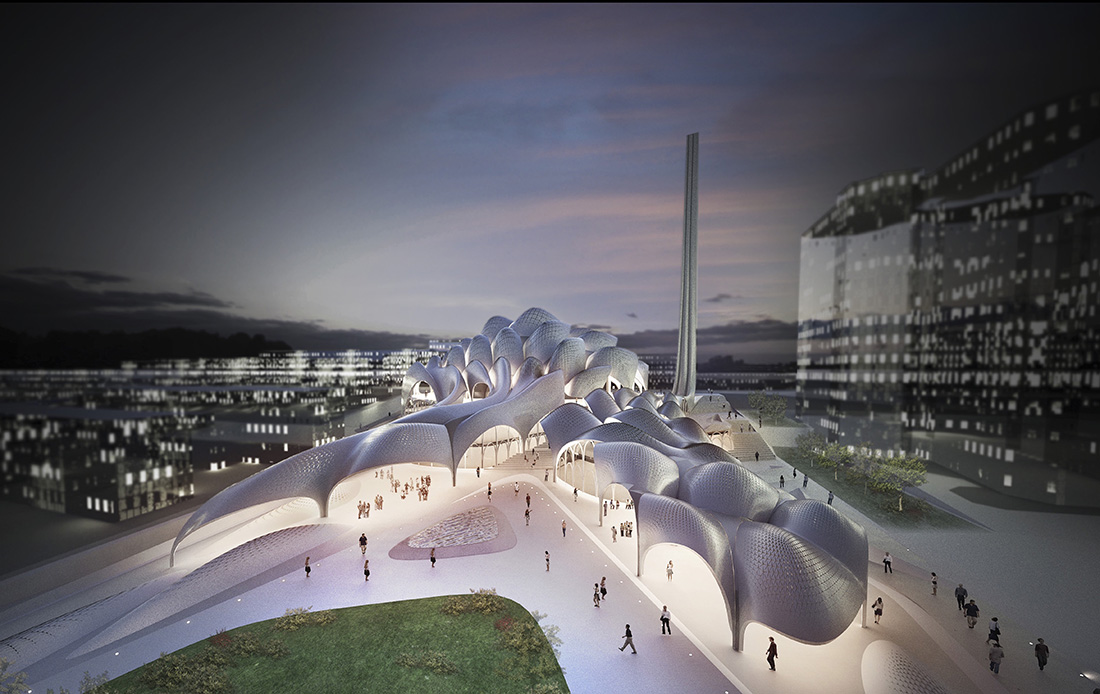
ZHA Mosque Proposal
You are the founder of the Kosovo Architecture Foundation. What is the role and significance of the Foundation in the development of architecture?
To answer your question, I must tell you the story of how the Foundation came to be. I served as the commissioner to Kosovo’s participation in the 2012 Venice Biennale, and due to this being the first time that Kosovo was officially participating at the Biennale (both Architecture and Arts), I asked Winy Maas (MVRDV) to help us out with the overall process. In early 2012, I invited Winy to hold a public lecture in Prishtina, because I was sceptic of the number of people that would attend the lecture I booked the RIT University auditorium, which had 100 seats. I was pleasantly surprised when more than 200 students and colleagues showed up for the lecture. What followed after the one-off event was that I received a vast number of emails thanking me for organising it, and in several instances, I was reminded that this was the first time an international architect held a public lecture in Kosovo.
You have to understand that Kosovo is probably one of the most isolated countries in Europe, as its citizens still have to apply for visas to visit EU states and on top of that is the poorest country in Europe. Therefore the importance of bringing renowned and pioneering architects and practices to hold lectures and workshops in Prishtina with local students, or to quote the Foundations statute and the main aim of the Foundation, “the exchange and transmission of knowledge to local students and young professionals of architecture and related fields; training them in the use of contemporary tools, methodologies and theories”. This is very important for the Foundation and the development of the local scene.
Due to the reasons mentioned above, local architects don’t always get the chance to listen to live lectures or have the opportunity to talk to the likes of Alejandro Aravena or Hashim Sarkis in person, so having them in Prishtina in a setting and format such as the Kosovo Architecture Festival is very significant, in particular for the students and recent graduates. Annually, the Foundation organises more than 40 individual events, mainly through the Festival, all of which are free of charge and open to everyone.
Since 2013, the Foundation has been trying to find a space to establish the Architecture Center. Unfortunately, we have been unsuccessful in doing so, but I am still hopeful that we will manage to convince the city or the central government to help us find an adequate space for the center.

KAF 2015 Lecture by Alejandro Aravena 2015
What are the biggest challenges architecture is facing in a young country such as Kosovo? What is the strategy and vision of the future architectural development in Kosovo?
I believe the challenges in Kosovo are more or less the same as the challenges other SEE countries face, but I must say that at the moment the profession of architecture is witnessing a crisis of its own, and I’m not sure if I should elaborate on this issue as a lot of people have spoken of this “crisis” in the past.
Another problem I see is ignorance and lack of reform in the local architecture schools. Prishtina has 1 public faculty, which is part of the Prishtina University and 3 private architecture schools. A high percentage of students that graduate from these schools are not even trained to work in the local market, let alone in the global one. In the best-case scenario, they end up outsourcing 3D visualisations for practices in EU or the US. What’s shocking regarding these schools, is that not a single one of them has a library, let alone a fabrication or a tech lab. After picking up on these issues, I initiated the creation of the “Architecture Library” around 4 years ago at the Foundation, and asked architects and institutions around the world to donate books to our initiative. To date we have received books from architects such as Peter Eisenman, Toyo Ito, Alejandro Aravena, Hashim Sarkis, Zaha Hadid, and institutions like the Massachusetts Institute of Technology, the Future Architecture Platform, partners such as MAO, ORIS, BINA, Lisbon Triennale, MAXXI Museum, and many others.
As for the strategy and vision of future architectural development in Kosovo, I think it’s a very ambiguous question to answer. To be blunt with you, there is no vision or strategy for architectural development in Kosovo! Part of the reason why is due to the issues mentioned above, as well as legislative problems. As in the case of the Instagram “copy-paste” syndrome that has swept young practices, the same thing often happens with our laws, which are usually adopted / translated from laws coming from the former Eastern Bloc countries. What Kosovo desperately needs is a grand vision on how the state should be developed, which would include everything from land use to graphic identity from national to local levels. But as this is something that needs to be decided on a political level, it looks unlikely that this will happen anytime soon.
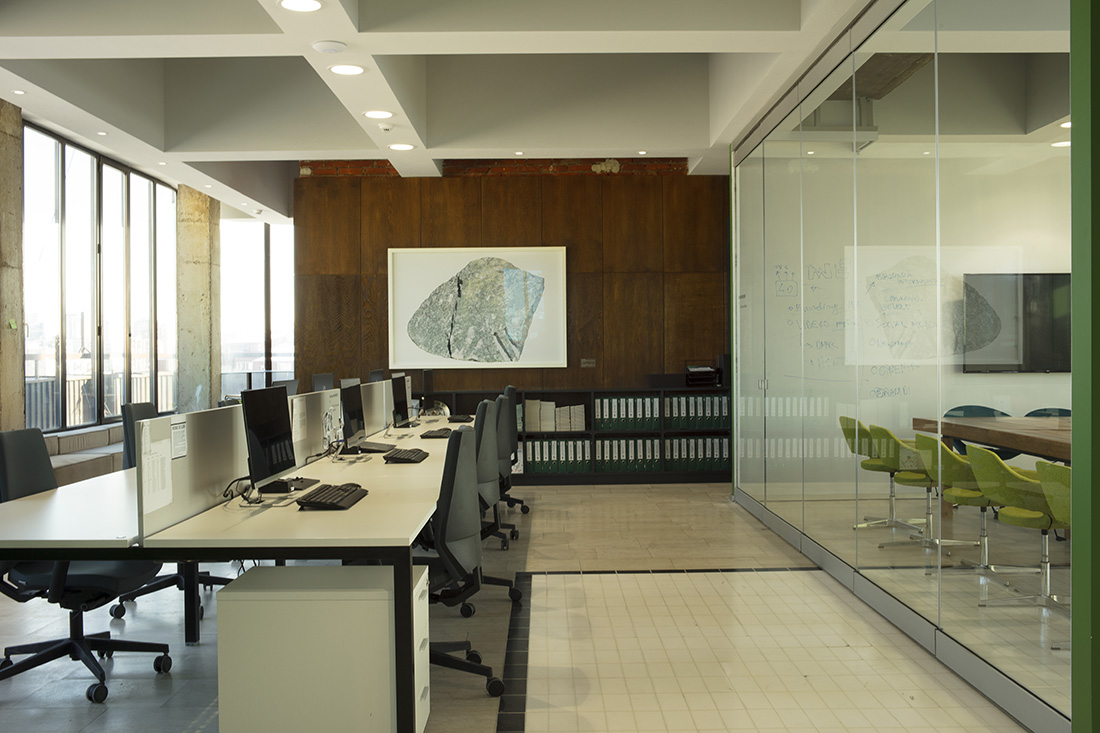
S+D & OUD
As the Director of the Kosovo Architecture Foundation, you have been invited to set up an exhibition at the major exhibition venue of the Venice Architecture Biennale 2020. In accordance with the topic “How will we live together”, you created an installation Prishtina Public Archipelago which aims to analyse public “islands” in the centre of Prishtina. Could you explain what the central theme of the installation is.
The installation is part of the Co-Habitats section of the main exhibition, and as you mentioned, the focus is on the public “islands” in the centre of the city, which are composed of structures built mainly during the socialist Yugoslavia period. The study will be presented at the Biennale through a documentary that focuses on 5 spaces and initiatives which aim to save as much of the publicness that’s left in those spaces, mainly through cultural initiatives. The structures that are being presented are the Boro and Ramizi Center, Grand Hotel, Rilindja Print House, Armata Cinema and Brotherhood and Unity Square. The curator (Hashim Sarkis) asked all the participants to try and give a positive connotation of their study and installation, which in the case of Prishtina was a bit difficult to identify, and then present it in a relevant way to the topic. Apart from the installation at the Arsenale, we’re also planning to produce a book and an interactive website with analyses of other spaces in the city, as well as similar phenomena in other regional cities such as Tirana, Skopje, Belgrade, Kopar and others. In addition, we were planning for the Future Architecture Summer School to focus on these spaces, but now with the lockdown and travel restrictions the Festival will be digital, meaning that the lectures, workshops and other events will have to be organised through digital platforms.
What is your attitude to architecture in Southeast European region? In your opinion, what is the unexploited potential in architecture and urbanism of Southeast Europe which is worth being exposed?
I think that the region of Southeast Europe is one of the most culturally diverse regions in the world, which is also reflected in its built environment, and in my view is something that is as unexploited as it should be. If you travel from one end of the region to the other, you can witness this diversity everywhere. I find it interesting that during the last century, in particular during the 50’s 60’s and 70’s, the regional architects were looking for more inspiration from the region than they do now, and in some cases, they were very successful in translating this into contemporary modern architecture. One of these works that is worth mentioning is the Kosovo National Library by Andrija Mutnjakovic.
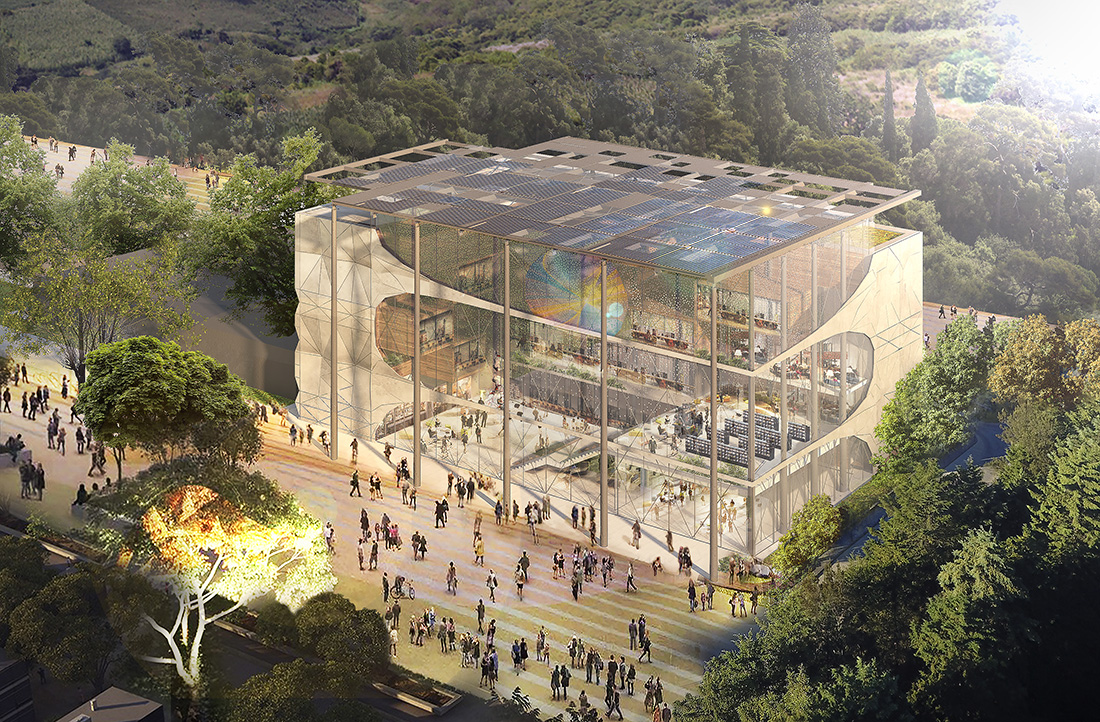
RIT campus winning proposal GAD & OUD+Architects
You are in charge of some important local and international platforms and events (Director of Kosovo Architecture Foundation and Festival, co-founder of the Future Architecture Platform, Director of the Office for Urban Regeneration, Chair of Docomomo Kosovo). What accomplishments are you most proud of?
I must say that Kosovo Architecture Foundation is the one that stands out, mainly because the other initiatives came after KAF was established, and looking back on almost 8 years of its existence, I feel very proud of the work that has been done by the foundation and its local and regional role. However, I also view Future Architecture Platform as a significant and amazing accomplishment in the world of architecture, and I must thank Matevž Čelik for inviting me to be part of the founding board of the FA.
Do you have any role models? (an urbanist, an architect, a sociologist …)
I actually have a number of role models, and I am very lucky that most of them are my close friends as well. Hashim Sarkis (MIT), Hanif Kara (AKT II), Winy Maas (MVRDV), Pippo Ciorra (Maxxi), Mohsen Mostafavi, Antoine Wilmering (Getty Foundation), Alejandro Aravena, are just some of the brilliant minds I look up to.
But I must differentiate two individuals. One of them is Farrokh Derakhshani (the head of the Aga Khan Award for Architecture), who’s personality and work I truly admire. The AKAA is such an important initiative in the world of architecture, and Farrokh played a very important role in what the AKAA is today. Farrokh is like an architecture encyclopaedia, and sometimes I think you’re better off asking him a question related to architecture than researching it online, and I always give him a call anytime I have important issues to deal with.
The other person who I truly admire and see as a role model is Andrija Rusan. I am not sure if I told him this story, but when I was thinking of starting something in Kosovo, by chance I overheard my mom watching HRT, and heard architecture being mentioned in an interview. This man (Andrija) was talking about how he established ORIS magazine and ORIS days, and how he was planning to open an “architecture house”. Since than Andrija’s work with ORIS serves as a blueprint for myself and the Foundation.
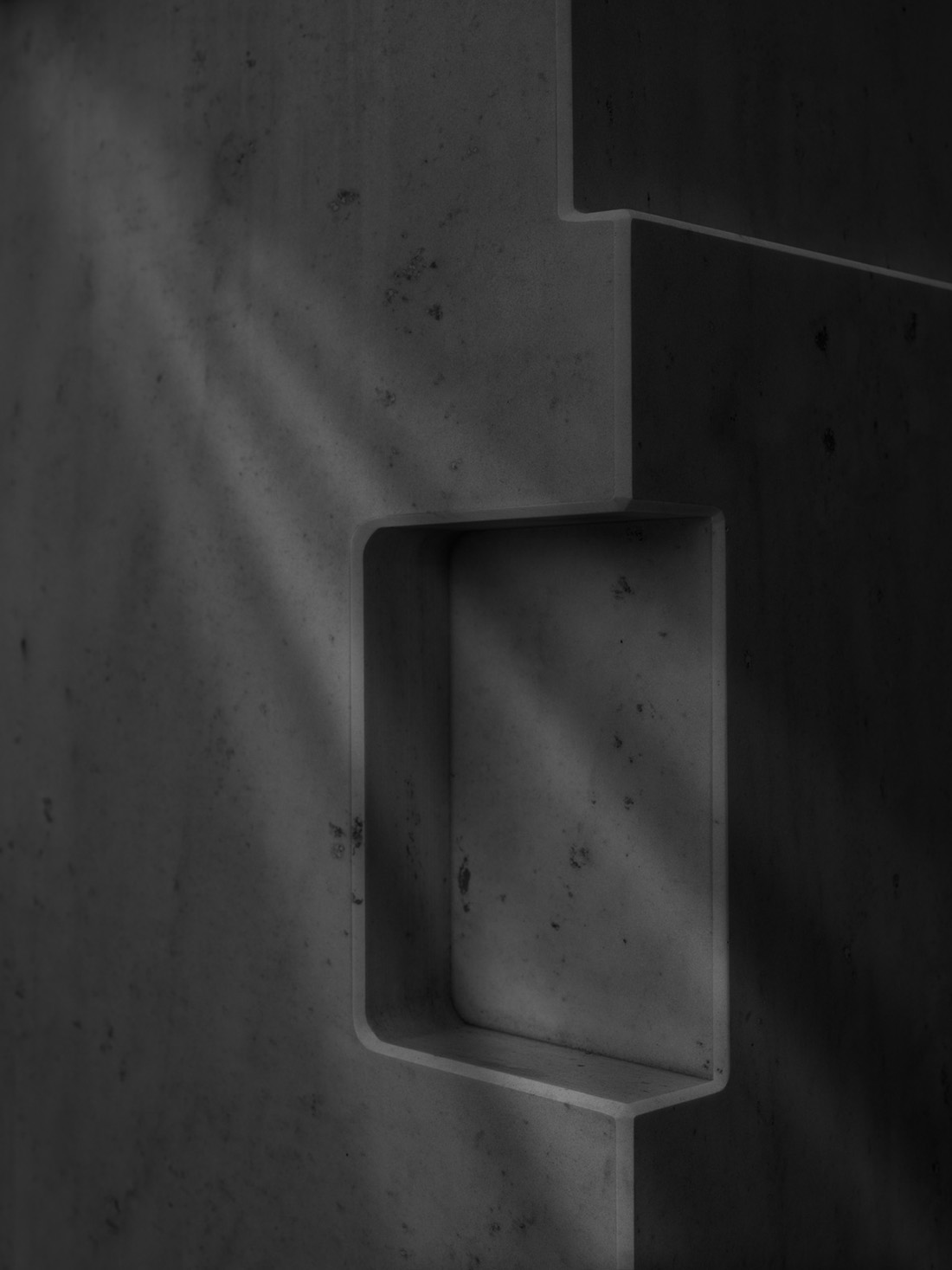
Monument to the missing 1999 War
Being an advisor to the NACTO-Bloomberg Designing Global Cities, what is your prediction for the future of our cities? In your view, how will cities change in the future?
Traditionally, cities were places where people would move to find a setting that would improve their lives, but in the past few decades, it has been evident that in the majority of cases you were better off living in a rural setting than in a city. A vast majority of global cities are dependent on motorized transport, be it private or urban. This has detrimental consequences to the health of people living in those cities. The main reasons are the pollution, physical inactivity, and of course accidents. So as the NACTO “Global Street Design Guide” pushes for a more pedestrian and bike friendly city, I do believe that this is the future of the city. There is a saying which states that, “in every crisis there is an opportunity”. Therefore, during this pandemic, cities around the world have doubled their efforts to create more bike lanes and pedestrianize streets. Whether in the US or European cities, you see new bike lanes appearing every day. This includes cities such as Barcelona, Paris, Milano, and my hometown Prishtina, as well as in Tirana. I definitely think that the future of cities is polycentricity & decentralisation of services and resources and fossil fuel free cities. Cities will have to become more sufficient and sustainable, period!

Babau Bureau Workshop Kosovo Architecture Festival 2018 Ibai Rigby Image
The expected global crisis will lead to some major social changes calling for a reflection on some alternative ways of living. What advice or encouragement would you give to urbanists and architects in that regard?
Before speaking of possible scenarios about how we will be living after the pandemic, I must say that I am a big believer in the human intelligence and capacity to find a cure for this virus, and am hopeful that society can go back to some degree of normality very soon.
We as humans are social and physical beings, so I don’t really believe that a lot will change in this aspect. One thing that this crisis has made very clear is that we need a higher degree of cooperation with each other, regardless of our borders, ethnicity or race if we are to overcome this or other future pandemics and disasters.
I also think that technology will have a much larger role in our lives than it previously did before the crisis. There are already many technologies out there, which if scaled up, could have a major impact in controlling the spread of infectious diseases. One of those, which I found fascinating, is the “Underworlds” project that was developed at the MIT “Senseable City Lab”, a project that envisions using small robotic labs which will analyse sewage for real-time information on everything from the common flu to narcotics. The start-up that came out of this project (“Biobot”) is already offering its services to cities across the US. Imagine if these wastewater epidemiologic robots were distributed in housing units in order to relay real-time data to healthcare services!
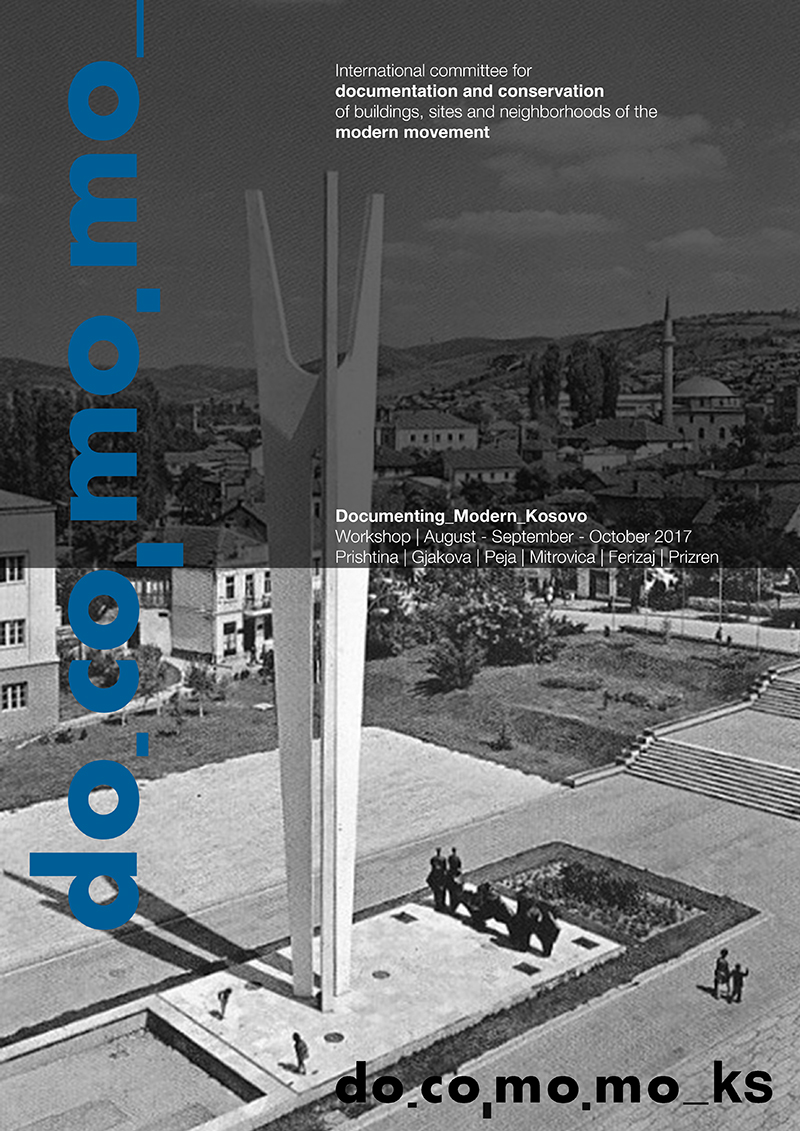
Docomomo Workshopx
On the other hand, we are not living in a perfect world in which this kind of technology is easily implemented. One can’t imagine this kind of technology being executed in the slums of Mumbai or the Favelas of Rio. In contemporary society, we have fundamental problems regarding social equity, which is also reflected in architecture and is not being addressed properly or on a scale that it deserves, be it from national governments or development agencies such as the UN or World Bank, which are buried in bureaucracy and the production of outdated policy papers. Therefore, in this sense cities are facing much bigger problems than social distancing.
As for my advice to young architects and urbanists, although I understand the current hype around the pandemic and how we should produce spaces that promote social distancing, hygiene, a work-live environment, etc…, I urge them not to forget about the important issues of social equity on a global scale, which have been here for decades and have not been addressed as they should have. It is very simple to imagine producing hybrid spaces which could accommodate different uses in a matter of days or even hours in a western/European city, but it is slightly more difficult to have this mindset when dealing with overcrowded slums and favelas. This pandemic has showed us how interdependent we as human beings are, and that you cannot fix part of a problem and turn a blind eye to the rest of it. So really, my advice to young architects and urbanists would be for them to challenge themselves and work on finding solutions that would close the inequality gap in their given fields. What’s also evident is that architects are becoming more aware of the impact that their design has on the environment, in a recent lecture by Dr. Hossein Rezai at KAF2020 he said something that I think should resonate with all architects “when we take on commissions, the owner of the site (project) is not the only client and we should not look only at his interest, but rather the client is the immediate neighbour, the street, the city, the whole world”.
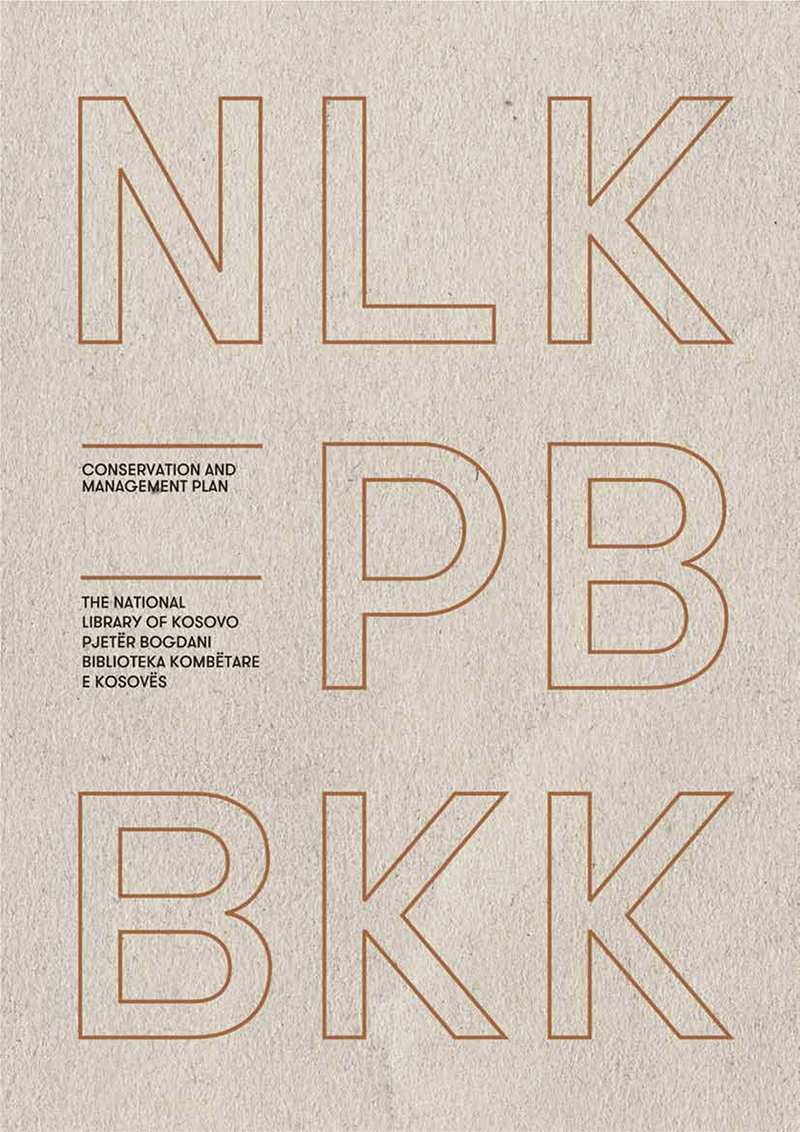
KAF_CMP_Kosovo National Library Cover




